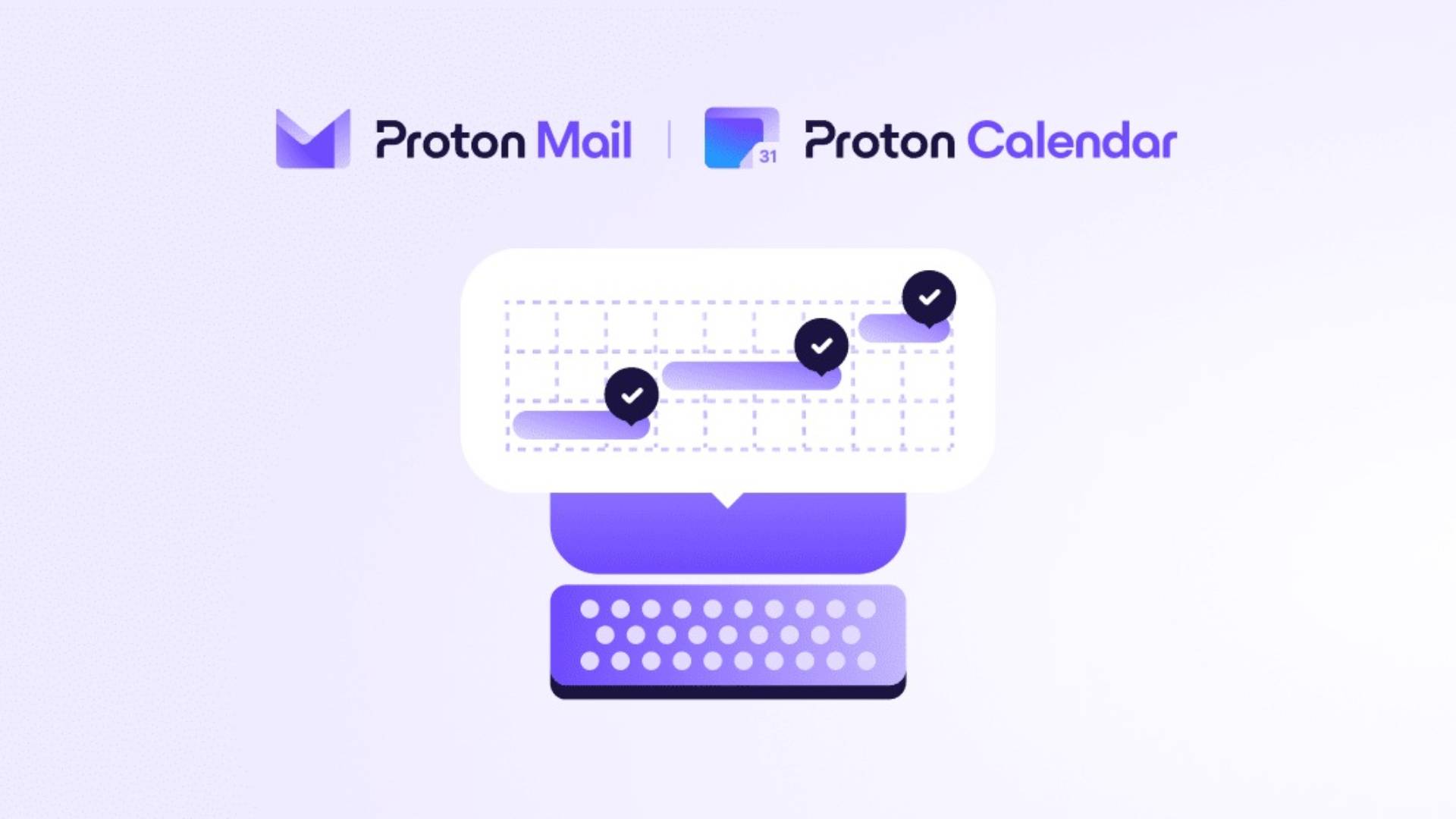Breaking Down EHR Software Development Cost: A Simple Guide
Breaks down the primary elements of EHR software development cost to help you better plan for this essential healthcare asset.

Electronic Health Record (EHR) systems are indispensable in today’s healthcare industry, providing seamless data management, improving workflow efficiency, and supporting clinical decision-making. The cost of developing a customized EHR system depends on a variety of factors, including feature complexity, regulatory compliance, and technological requirements. This guide breaks down the primary elements of EHR software development cost to help you better plan for this essential healthcare asset.
Core Components That Influence EHR Software Development Cost
An effective EHR system combines multiple modules to support patient care and administrative processes. Here are some key components that impact development costs:
- Patient Management: This foundational module allows healthcare providers to manage patient records, including demographics, health history, and treatment plans, and is a primary driver of the total cost.
- Clinical Decision Support (CDS): Advanced EHR systems include CDS to support clinical decision-making through data analysis, risk assessments, and alerts.
- E-Prescription: This module enables secure prescription management, reducing errors and simplifying pharmacy communications, adding value but also cost to the EHR.
- Billing and Invoicing: A complex yet essential module, financial management ensures accurate billing, insurance claim submission, and patient payment tracking.
- Appointment Scheduling: Streamlining the booking process, this feature allows staff to manage appointments effectively, improving efficiency.
- Compliance and Security: An EHR must adhere to strict healthcare regulations like HIPAA and GDPR, with features for data encryption, access control, and secure authentication contributing significantly to the development cost.
Each module brings complexity, which influences the EHR software development cost. Costs further increase with additional integrations, such as those with lab databases, billing systems, and telemedicine platforms.
Primary Factors Driving EHR Software Development Cost
Several key factors determine the overall cost of developing an EHR system. Here’s a look at the main considerations:
- Feature Complexity and Customization: Basic EHR systems may be more affordable, but advanced features like AI integration, predictive analytics, or in-depth reporting capabilities increase costs.
- User Interface and Experience (UI/UX): Investing in an intuitive, user-friendly design is crucial. While it raises development costs, a well-designed UX leads to a system that users readily adopt, improving overall efficiency.
- Compliance and Regulatory Standards: Ensuring compliance with healthcare regulations (e.g., HIPAA in the U.S. or GDPR in the EU) adds additional costs to both development and ongoing maintenance.
- Integration with Third-Party Systems: Many EHRs require integration with external systems like labs, pharmacies, or billing services. These integrations increase the overall development time and cost.
- Development Team and Location: The team’s expertise and location impact EHR software development cost. Hiring U.S.-based developers, for example, generally incurs higher costs than offshoring to Eastern Europe or Asia.
EHR Software Development Cost Breakdown by Phases
EHR development generally follows specific phases, each with associated costs. Here’s an overview of what you can expect for each phase:
Phase 1: Planning and Requirement Analysis ($10,000 - $30,000)
This phase involves collaboration with stakeholders to define requirements, desired features, and workflows, setting a strong foundation for the project.
- Market Research and Requirement Gathering: Analyzing competitors and understanding compliance needs.
- Feasibility Study: Evaluating project viability and cost estimation.
- Technical Documentation: Outlining specifications for developers to create a structured development plan.
Phase 2: UI/UX Design ($15,000 - $50,000)
A user-friendly interface is crucial for EHR adoption. A considerable investment in design may increase development costs, but it also leads to a more efficient and effective system.
- Wireframing and Prototyping: Developing visual layouts of the interface.
- User Testing: Gathering feedback from healthcare professionals to enhance usability.
Phase 3: Core Development and Integration ($80,000 - $200,000+)
The core development phase is where the majority of the EHR software development cost is incurred. This includes coding, building security features, and integrating with external systems.
- Backend and Frontend Development: Creating the backend logic, user interface, and API integrations.
- Third-Party Integrations: Connecting the EHR to external systems like pharmacies, labs, or billing platforms.
- Compliance and Security Measures: Implementing encryption, user authentication, and access control to meet HIPAA and other standards.
Phase 4: Quality Assurance and Testing ($20,000 - $60,000)
Thorough testing is necessary to ensure system reliability, performance, and security. EHR systems require rigorous testing to ensure data integrity and usability.
- Functional Testing: Verifying that all features operate correctly.
- Security Testing: Ensuring data protection and preventing security breaches.
- Usability Testing: Enhancing the user experience by identifying and resolving pain points.
Phase 5: Deployment and Training ($10,000 - $40,000)
After testing, the system is ready for deployment. This phase may include training sessions to help healthcare providers become familiar with the new EHR.
- Server Setup and Cloud Integration: Hosting the EHR on a secure server or cloud.
- Staff Training and Documentation: Training sessions and documentation to guide healthcare staff on system features.
Phase 6: Post-Launch Support and Maintenance ($30,000 - $100,000/year)
Maintenance is vital to keeping an EHR system compliant and up-to-date. Regular updates are necessary to ensure security, resolve issues, and introduce new features.
- Bug Fixes and Updates: Ongoing updates to resolve issues and enhance functionality.
- Security Audits and Compliance Checks: Regular audits to meet healthcare regulations.
- User Support and Training Updates: Offering support for users and updating training materials.
Total EHR Software Development Cost Estimate
Based on the above phases and components, the estimated EHR software development cost can range from $150,000 to $500,000 or more for mid-sized organizations. Larger healthcare providers with advanced, customized requirements may face costs exceeding $1 million.
Conclusion
The EHR software development cost depends on various factors, from the complexity of the required features to regulatory compliance needs. Although the upfront cost is substantial, investing in a well-designed EHR system leads to long-term gains, including improved patient care, streamlined operations, and reduced administrative workload. By understanding these costs, healthcare organizations can make informed decisions to develop an EHR system tailored to their specific needs.
FAQs
1. How long does it take to develop a custom EHR system?
Typically, EHR development takes between 12 to 24 months, depending on the scope and available resources. More advanced systems with extensive integrations may take longer.
2. What factors most impact EHR software development cost?
The core development phase is the largest cost driver, especially with complex features or third-party integrations. Compliance with healthcare standards also adds to the overall cost.
3. Are custom EHR systems affordable for small practices?
Custom EHR systems may be challenging for small practices to fund. However, some providers offer modular EHR solutions or scalable pricing, making them more accessible to smaller clinics.
4. Why is post-launch maintenance necessary for an EHR system?
Ongoing maintenance ensures the system remains secure, compliant, and current with healthcare standards. It also improves system reliability and user experience over time.
What's Your Reaction?
 Like
0
Like
0
 Dislike
0
Dislike
0
 Love
0
Love
0
 Funny
0
Funny
0
 Angry
0
Angry
0
 Sad
0
Sad
0
 Wow
0
Wow
0













































